- News
- Reviews
- Bikes
- Components
- Bar tape & grips
- Bottom brackets
- Brake & gear cables
- Brake & STI levers
- Brake pads & spares
- Brakes
- Cassettes & freewheels
- Chains
- Chainsets & chainrings
- Derailleurs - front
- Derailleurs - rear
- Forks
- Gear levers & shifters
- Groupsets
- Handlebars & extensions
- Headsets
- Hubs
- Inner tubes
- Pedals
- Quick releases & skewers
- Saddles
- Seatposts
- Stems
- Wheels
- Tyres
- Tubeless valves
- Accessories
- Accessories - misc
- Computer mounts
- Bags
- Bar ends
- Bike bags & cases
- Bottle cages
- Bottles
- Cameras
- Car racks
- Child seats
- Computers
- Glasses
- GPS units
- Helmets
- Lights - front
- Lights - rear
- Lights - sets
- Locks
- Mirrors
- Mudguards
- Racks
- Pumps & CO2 inflators
- Puncture kits
- Reflectives
- Smart watches
- Stands and racks
- Trailers
- Clothing
- Health, fitness and nutrition
- Tools and workshop
- Miscellaneous
- Buyers Guides
- Features
- Forum
- Recommends
- Podcast
TECH NEWS
Pro bikes: Lotto Belisol's Ridley Helium SL and Noah Fast
These two lovely carbon fibre road bikes are Ridley’s Helium SL (on the left) and the aero Noah Fast. They’re not just any road bikes, these belong to professional cycling team Lotto-Belisol and will be the bikes the team hope will ensure victory in the biggest races this year.
I’ve been lucky enough to spend a few days embedded in the Lotto-Belisol early season training camp in sunny Benicassim, Spain. Earlier in the week I was allowed to join the team as they embarked on some serious sprint training. Sadly - or maybe fortunately - I was in the team van, not on the bike.
Many of the hopes of the team rest on the huge shoulders of André Greipel who wasn’t as this camp as he’s in Australia for his first race of the season. His absence didn't prevent the 19 team riders in attendance at this camp from practising various sprint scenarios.
Helium SL, Ridley's lightest ever bike
Anyway, on to the bikes. Let’s start with the Helium SL. It’s the lightest frame the Belgian company has ever produced. It’s a 2013 bike, launched at Eurobike last September. We managed to get a very short first ride on it. Follow the link above and you can read our thoughts on it.
We’ve seen the weight of carbon frames steadily fall over the years, and now every top manufacturer is keen (and many are able) to offer a sub-800g frame. The Helium manages to weigh a feathery claimed weight of 790g. A 5.5kg (12.1lb) build is perfectly possible. That's no use to the professionals as the UCI would be tapping their clipboards, but the limited edition 58 version proved it’s possible with off-the-shelf parts. That weight limit really needs looking at.
The frame incorporates many ‘standard’ features seen on such top-end equipment. So, up front is a meaty tapered head tube, down below is a huge bottom bracket shell housing a BB30 standard, rounded square down tube and box section chainstays. And pencil thin seat stays. There’s clear similarities with other frames here. Cervelo’s R3/R5 leaps to mind.
Ridley use a blend of 60, 40 and 30 ton high modulus carbon fibre to allow the engineers to design in the required stiffness and compliance. Much of the team at this training camp were riding this bike. It’s an excellent all-rounder, and will excel in the mountains as much as it will in the early season classics.
The team are sponsored by Campagnolo and each bike was fitted with Record EPS 11-speed groupsets, with 53/39 chainsets.
Without exception they all train with power, with SRM’s Powermeter fitted to the Campagnolo chainset.
Deda supply the team with stems and handlebars, Lizard Skins the bar tape.
Wheels are Fulcrum Racing 1’s fitted with Continental Grand Prix tyres: clinchers for training, deep-section tubulars for racing. Water bottles are Tacx, and saddles seems to be down to personal choice.
Many chose a saddle from the San Marco range.
That above is a an extra collar, presumably to absolutely ensure the seat post doesn't slip. It was fitted to every Helium team bike.
Noah Fast, built for going fast
Riders like André Greipel and Adam Hansen all just want to go fast without compromise, the team manager told us over a mid-ride coffee. For that reason they all opt to ride the company’s aero road bike, the Noah Fast. The clue is in the name; this is a bike designed for going fast.
The big story with this bike is that in order to make it as aero as possible, the brakes have become integrated with the frame and fork. Out go the regular calipers and in come mini V-brakes that sit flush at the rear of the fork and at the top of the seat stays. The brakes are actually an integral part of the frame, and rather than a pivot, they use the flex that is possible with carbon fibre to provide the required range of movement. It’s clever stuff and has clear advantages in the wind tunnel.
The brakes use small springs to adjust the centring. The mechanic we chatted to said they’re easy to look after and have not given them any problems at all. He told us most of the riders prefer the extra power they provide over calipers.
Internal routing takes care of the Campagnolo EPS (Electronic Power Shift) wires, but the frame was still designed to take mechanical shifting. Ridley sell bikes lower down its range specced with mechanical groupsets. We might see an electronic only frame at some point.
The other talking point is the F-Splitfork technology. Slots along the length of the fork and seatstays are designed to reduce the turbulence of air that passes between the fork and wheel. By allowing channels in the fork for air to pass through, it’s claimed this turbulence is decreased and the result is greater aero performance. The industry’s understanding of aerodynamics is constantly evolving, and one of the key areas of development we’re seeing is in the space between the wheels and frameset, which is why we’re seeing some widely spaced forks and stays.
Another subtle detail that is easily missed is the F-Surface: small ridges of textured material on the head tube and seat tube. These actually invoke deliberately triggering a small amount of turbulenceto move the seperation point of the boundary layer closer to the leading edge. Such a device, called a turbulator, envokes the boundary layer into turbulence and this action delays the seperation of the boundary layer. It's similar to the dimples on a golf ball, or Zipp wheels. The idea is that it increases the aerodynamic performance by ensuring the frame slices more cleanly through the air.
The Noah Fast uses the same blend of carbon fibre as the Helium SL and similar geometry, so it’s easy for riders to swap between models. Details include internal cable routing, an aero seat mast, BB30 and tapered head tube.
Only one of this group of riders was using the Noah Fast, the rest were training on the Helium SL. This rider (Jens Debusschere) had fitted a Deda Pista track stem to get the bars low enough.
David worked on the road.cc tech team from 2012-2020. Previously he was editor of Bikemagic.com and before that staff writer at RCUK. He's a seasoned cyclist of all disciplines, from road to mountain biking, touring to cyclo-cross, he only wishes he had time to ride them all. He's mildly competitive, though he'll never admit it, and is a frequent road racer but is too lazy to do really well. He currently resides in the Cotswolds, and you can now find him over on his own YouTube channel David Arthur - Just Ride Bikes.
Latest Comments
- AidanR 4 hours 54 min ago
Bloody hell... How are you doing now?
- ktache 5 hours 2 min ago
And I liked endura too. Got a nice long sleeve mostly merino long sleeve a little while back, in orange.
- matthewn5 5 hours 30 min ago
No, the Ebay lights have been around for several years, this Lezyne light just appeared.
- chrisonabike 5 hours 46 min ago
They shouldn't worry - the second part of the "tariff" refrain is "they can make it in US and they'll do very well".
- Mr Blackbird 6 hours 18 min ago
"At the going down of the sun, it will get in our eyes and cause us to crash into things."
- Rendel Harris 6 hours 26 min ago
Been living in the area thirty years now and Brixton Cycles (and local riders wearing their famed Rastafarian colours jersey) has been an iconic...
- chrisonabike 8 hours 31 min ago
Does the "super-loud yellow" also help alert (non-deaf / non-earbud-wearing) pedestrians? Or will it just mean dogs bark at me?
- Festus 9 hours 22 min ago
One thing that bothers me is the use of antidepressant med and driving, it never gets picked up by police. Most of these types of medicines state...
- chrisonabike 11 hours 22 min ago
Indeed - but again these are perhaps questions we should keep asking. Even if the immediate answer is "well we are where we are" or "how on earth...















































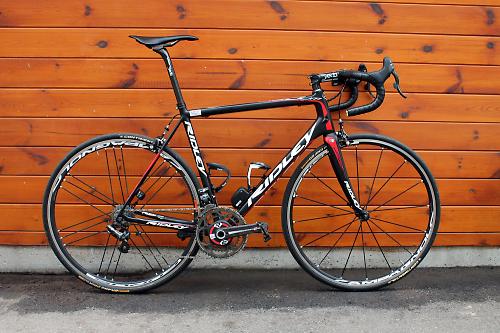
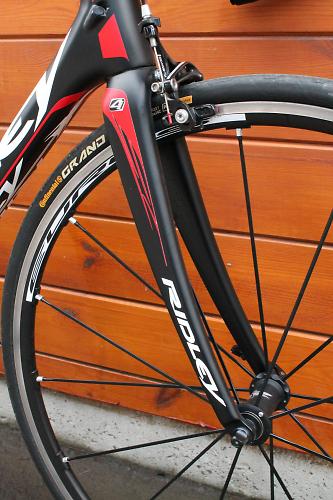
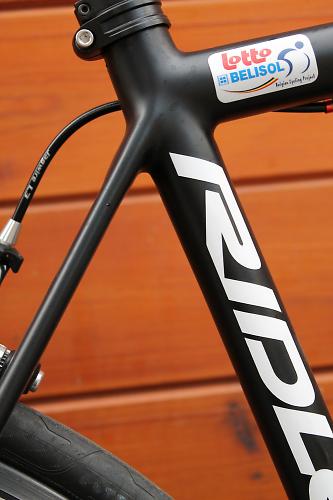

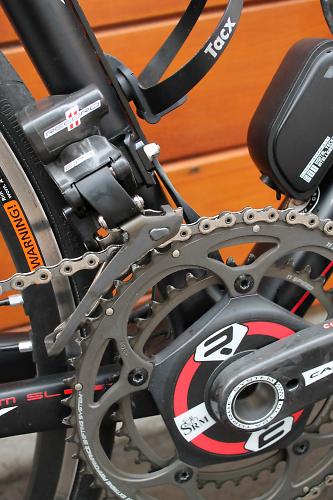
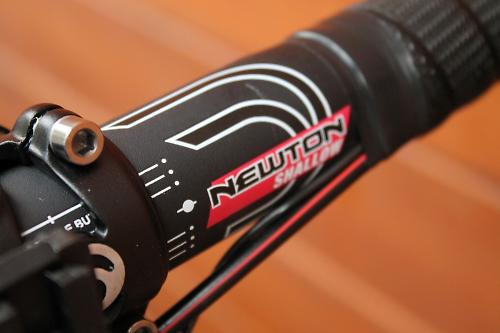
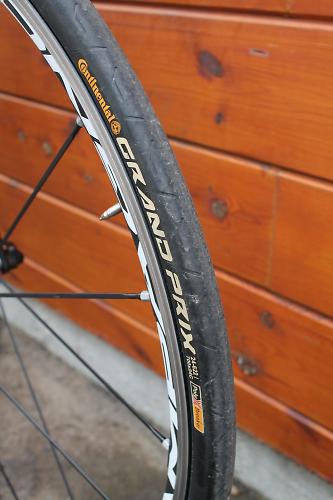

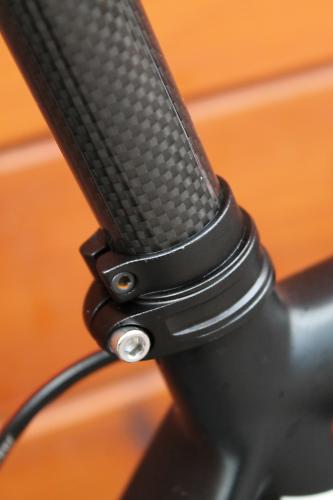
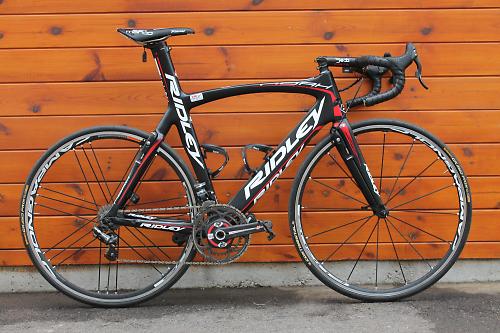
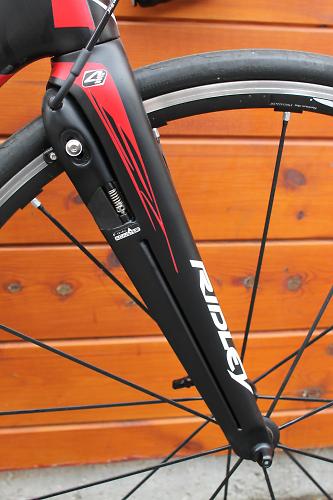
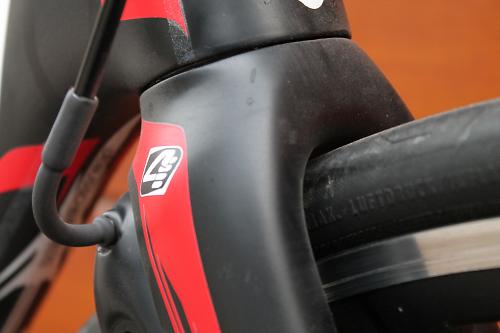

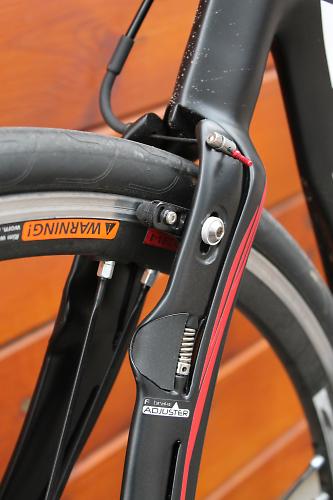
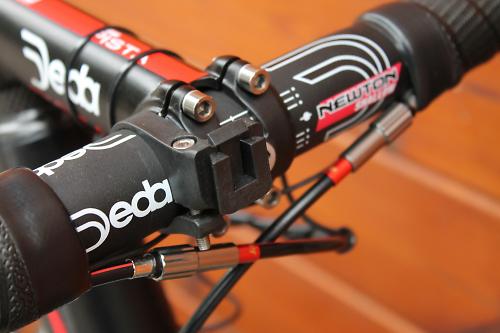
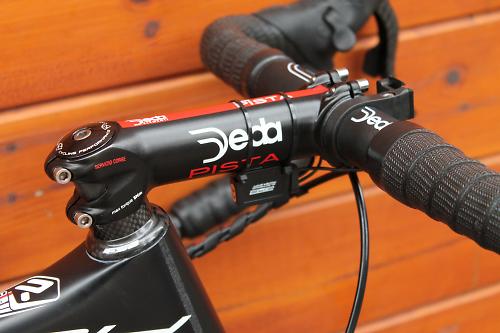
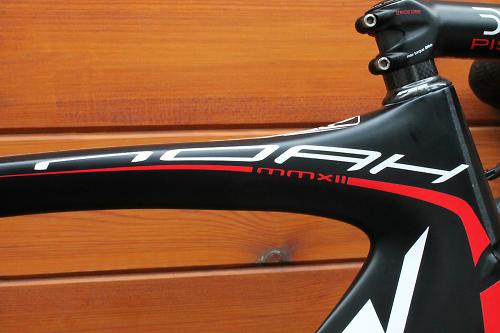
Add new comment
7 comments
Yes, maybe. But apparently insulating tape also works...
So should I glue some strips of fine sandpaper to my headtube and seat tube?
Boundary layer control is actually quite old stuff (except in cycling), the basics were fully developed by Prandtl and von Kármán before 1906.
Yes you're right localsurfer, it's a way of invoking turbulence to effectively move the seperation point of the boundary layer closer to the leading edge of the tube. It's interesting stuff, managing turbulence like this, haven't seen many other bike designers going down this road, yet.
It certainly doesn't re-establish laminar flow; they'll be turbulators to prevent flow separation which is a different thing. They'll keep the airflow 'stuck' to the surface, rather than it burbling off all over the place.
Nice idea, except the Noah has an integrated seat mast. I think it's more the mechanics wanting to ensure there's no chance of the seat post slipping than anything else - no one from Ridley was able to tell me the actual reason, but I think this is the one
Maybe the extra seatpost collar could be more a marker to ensure correct height. If the geometry of both bikes is the same, then it would be a whole lot easier to swap saddle and post between bikes than removing and re-setting saddle height and position.